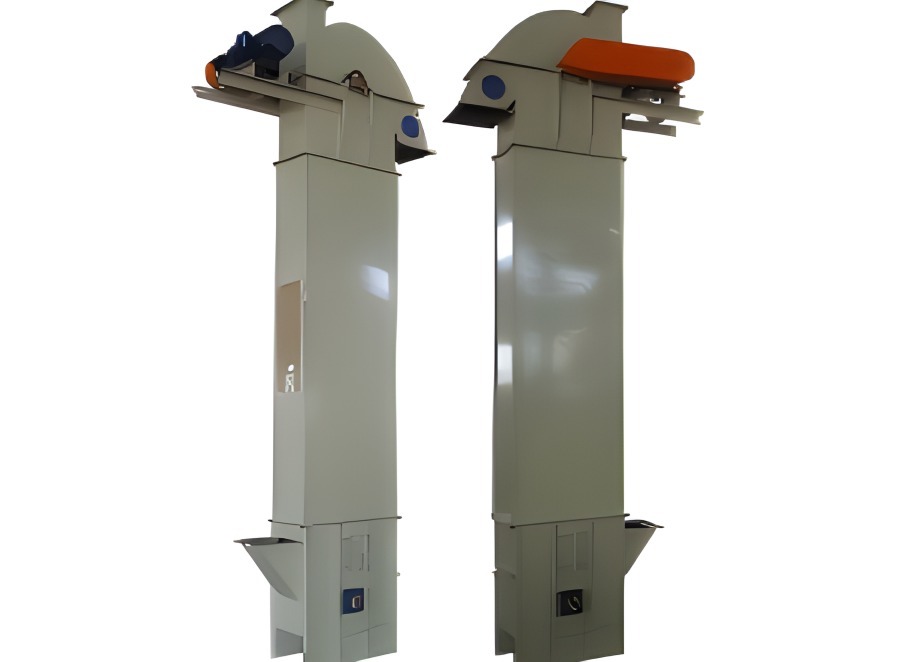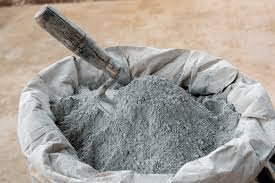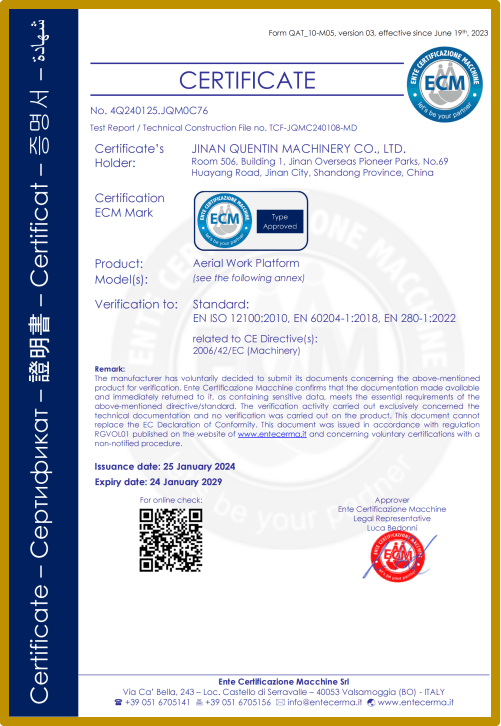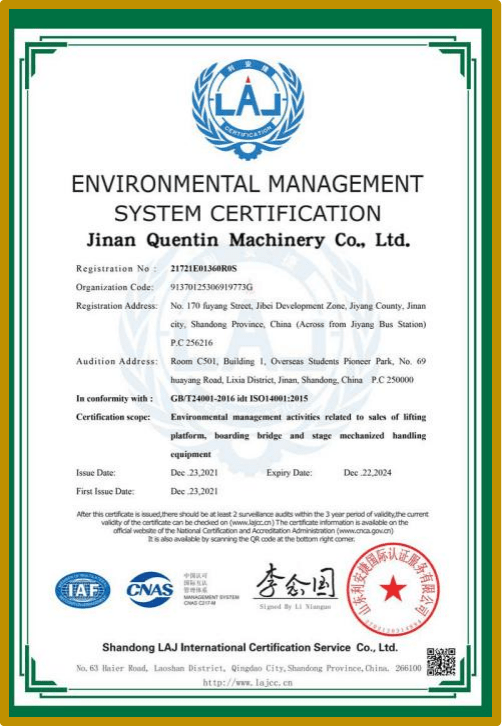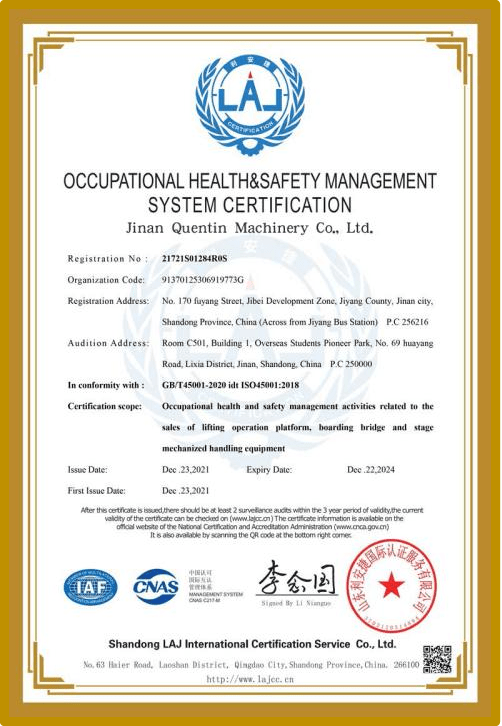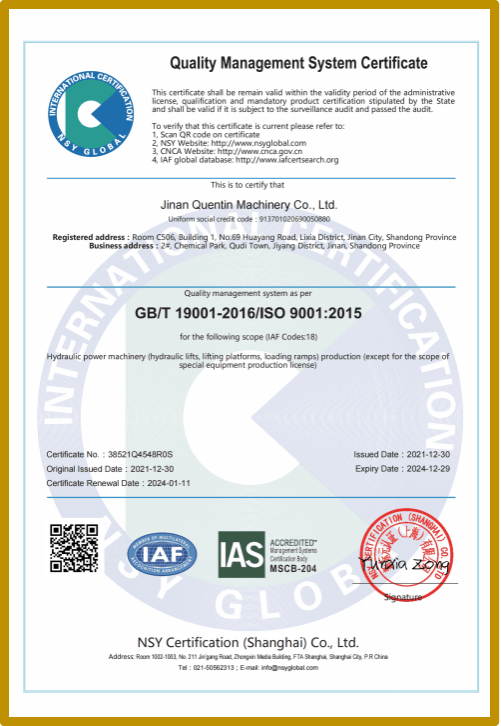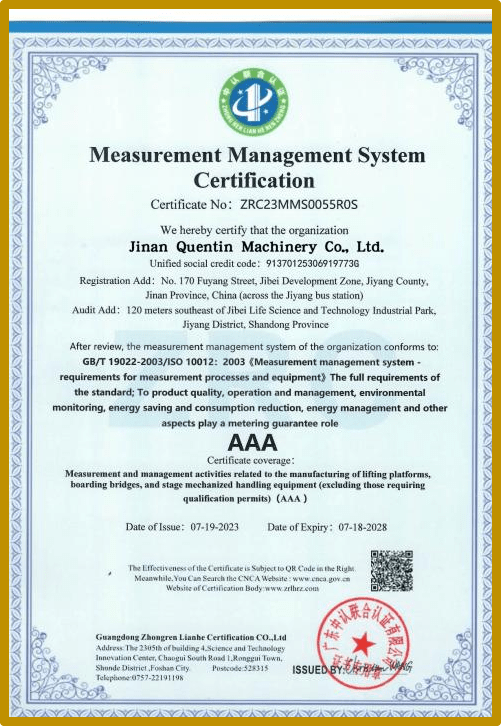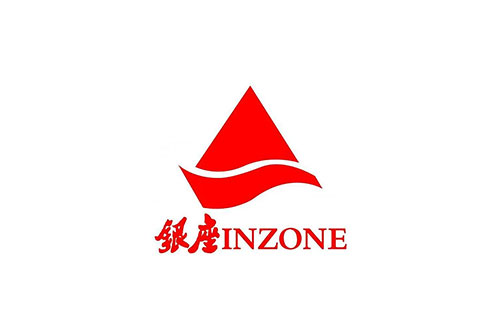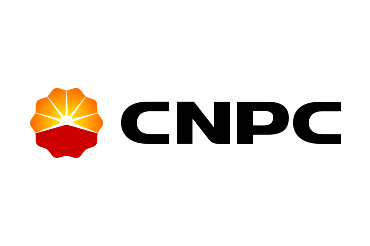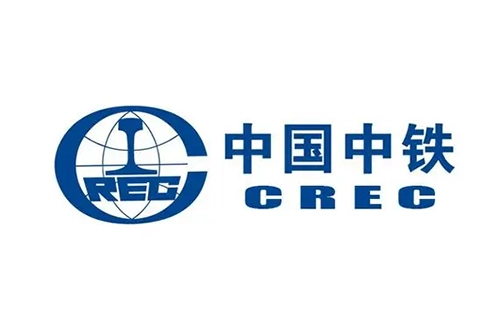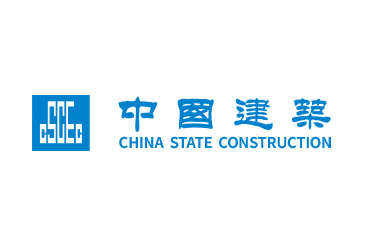G-TD Belt Bucket Elevator
Suitable Materials: Powdered and granular materials with temperatures not exceeding 60°C. Unsuitable Materials: Lumpy, high-temperature, or highly abrasive materials. General Specification: Overall height typically does not exceed 30 meters.
Models & Specs
| Specification | Model G-TD160 | Model G-TD250 | Model G-TD315 | Model G-TD400 | Model G-TD500 | Model G-TD630 |
|---|---|---|---|---|---|---|
| Bucket Type & Capacity (m³/h) | ||||||
| Type Q | 5.4 | 12 | 17 | 24 | 38 | – |
| Type H | 9.6 | 22 | 30 | 46 | 70 | 85 |
| Type ZD | 9.6 | 23 | 25 | 41 | 58 | 89 |
| Type SD | 16 | 35 | 40 | 66 | 92 | 142 |
| Bucket Width (mm) | 160 | 250 | 315 | 400 | 500 | 630 |
| Belt Width (mm) | 200 | 300 | 400 | 500 | 600 | 700 |
| Bucket Speed (m/s) | 1.4 | 1.6 | 1.6 | 1.8 | 1.8 | 2 |
| Max. Lump Size (mm) | 25 | 35 | 45 | 55 | 60 | 70 |
Video
Details & Features
A. Superior Design & Performance
- High-Efficiency Vertical Transport: Our belt bucket elevator is engineered for vertical lifting of a wide range of powdered, granular, and small-lump materials (e.g., cement, grain, sand). It ensures large handling capacity with minimal energy consumption.
- Gentle Material Handling: Utilizing a digging feeding method and a centrifugal discharge mechanism, the system ensures smooth loading and clean throwing of material at high speeds, minimizing product degradation and residue.
- Robust Traction System: The heart of our elevator is the high-strength EP rubber belt or steel cord belt, known for its excellent flexibility, impact resistance, and durability. This results in smoother operation with less noise and vibration compared to chain elevators.
B. Key Components & Quality
- Diverse Bucket Selection: We offer a variety of bucket types (such as Q, H, ZD, SD) to match material characteristics. Deep buckets (BD/DH) are for free-flowing materials like cement and grain, while shallow buckets (AD/AH) handle less fluid or slightly moist materials like sand and chemicals.
- Advanced Drive Assembly: The drive unit features a high-efficiency, hard-geared reducer, often directly coupled to the main shaft. It is typically equipped with a fluid coupling for soft starts, reducing mechanical shock, and an backstop to prevent reverse rotation.
- Enhanced Sealing & Protection: The upper, middle, and lower sections of the casing are designed with effective sealing to prevent dust leakage, protecting the environment and ensuring operational safety.
C. Reliable Applications
- Wide Industry Use: This machine is a versatile solution for industries such as Building Materials, Chemicals, Coal, Power Generation, and Port Transportation.
- Material Suitability: Ideal for dry, loose materials. Not recommended for large lump sizes, high-temperature materials (typically >60°C), or highly abrasive substances.
D. Specifications & Options
Tensioning Choices: For elevators with a height ≤25m, a screw tensioning device is standard. For heights >25m, a gravity tensioner is recommended for automatic and consistent belt tensioning.
Customizable Configurations: Available in multiple models (e.g., G-TD160 to G-TD630) with varying bucket widths, belt widths, and capacities to suit your needs.
How Does a NE Plate Chain Bucket Elevator Work?
1. Loading (The “Digging Feeding” Method)
- Location: The bottom part of the elevator, known as the boot section.
- Process: Material is fed into the boot (typically from a hopper or chute). As the belt circulates, the buckets “dig” or “scoop” the material directly from the pile in the boot. This method is ideal for free-flowing, fine, and granular materials like the powders and grains this elevator is designed for.
- Key Feature: The “Q” and “H” type buckets on the G-TD are typically designed for this digging action, with a more rounded profile for easy scooping.
2. Vertical Transportation & The “Centrifugal Discharge”
- Location: The vertical casing, enclosing the moving belt and buckets.
- Process: After being loaded, the buckets are carried vertically upwards by the continuous belt. The belt is driven by an electric motor connected to the head pulley (the top pulley).
- The Critical Turn: As the buckets approach the top, they pass over the head pulley. This is where the key action happens:
- Due to the high speed (typically 1.4 to 2.0 m/s for the G-TD) and the centrifugal force generated by going around the pulley, the material is flung out of the buckets.
- This is the “Centrifugal Discharge” principle. It’s a rapid and efficient way to empty the buckets without needing external mechanisms.
3. Discharge and Return
- Location: The top section, or head section.
- Process: The discharged material, thrown outward by centrifugal force, travels through a discharge chute which guides it out of the elevator and into the next process (e.g., a silo, conveyor, or processing machine).
- The Empty Return: Once emptied, the buckets continue over the pulley and begin their downward journey on the return side of the belt, eventually returning to the boot to be refilled, thus completing the cycle.
Ideal Applications and Materials
Installation Services
1. On-site installation can be arranged in most parts of the world.
2. Remote installation guidance is available.
3. Installation videos and step-by-step instructions are provided.
4. Reliable installation team and professional installers.

